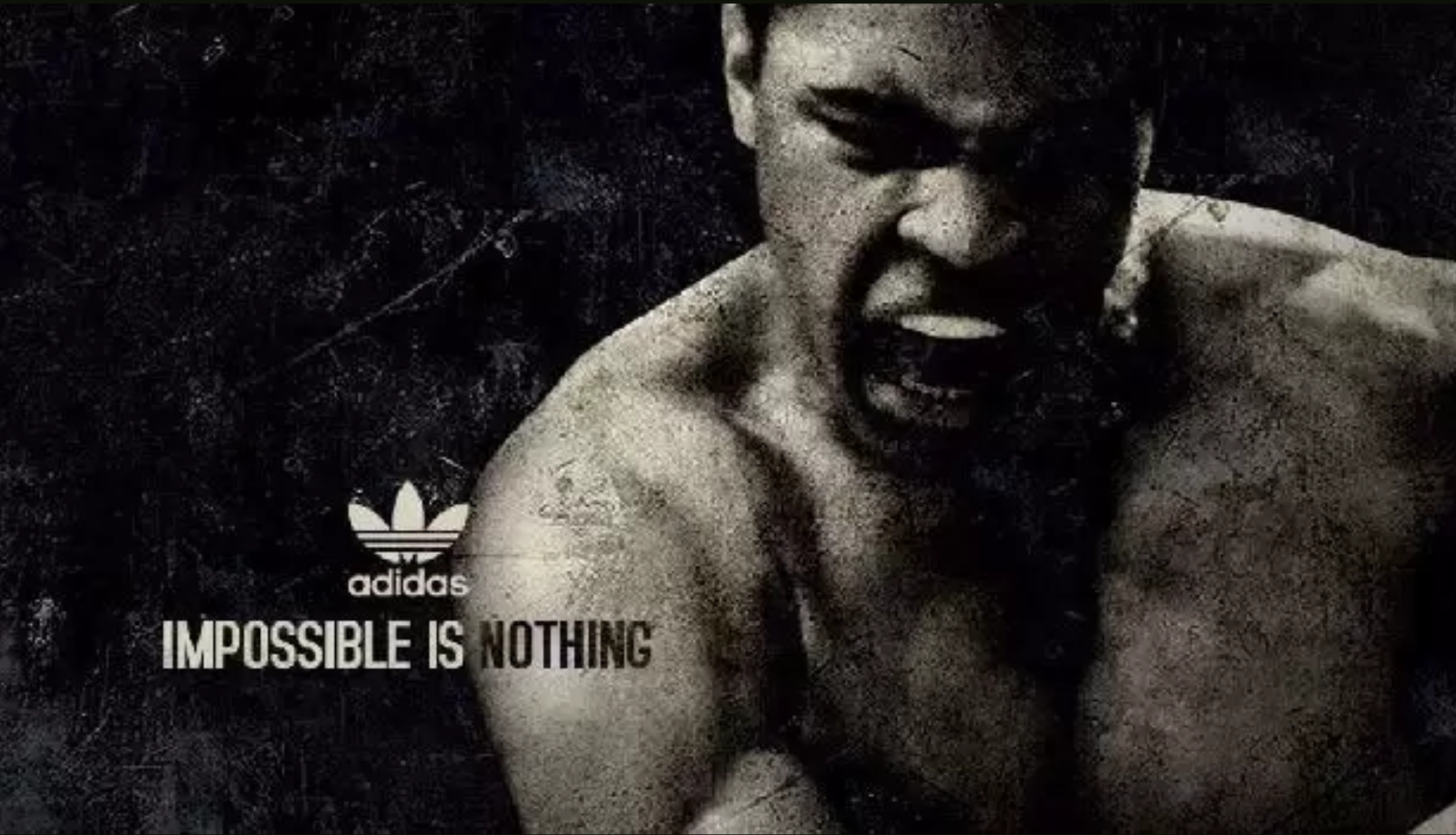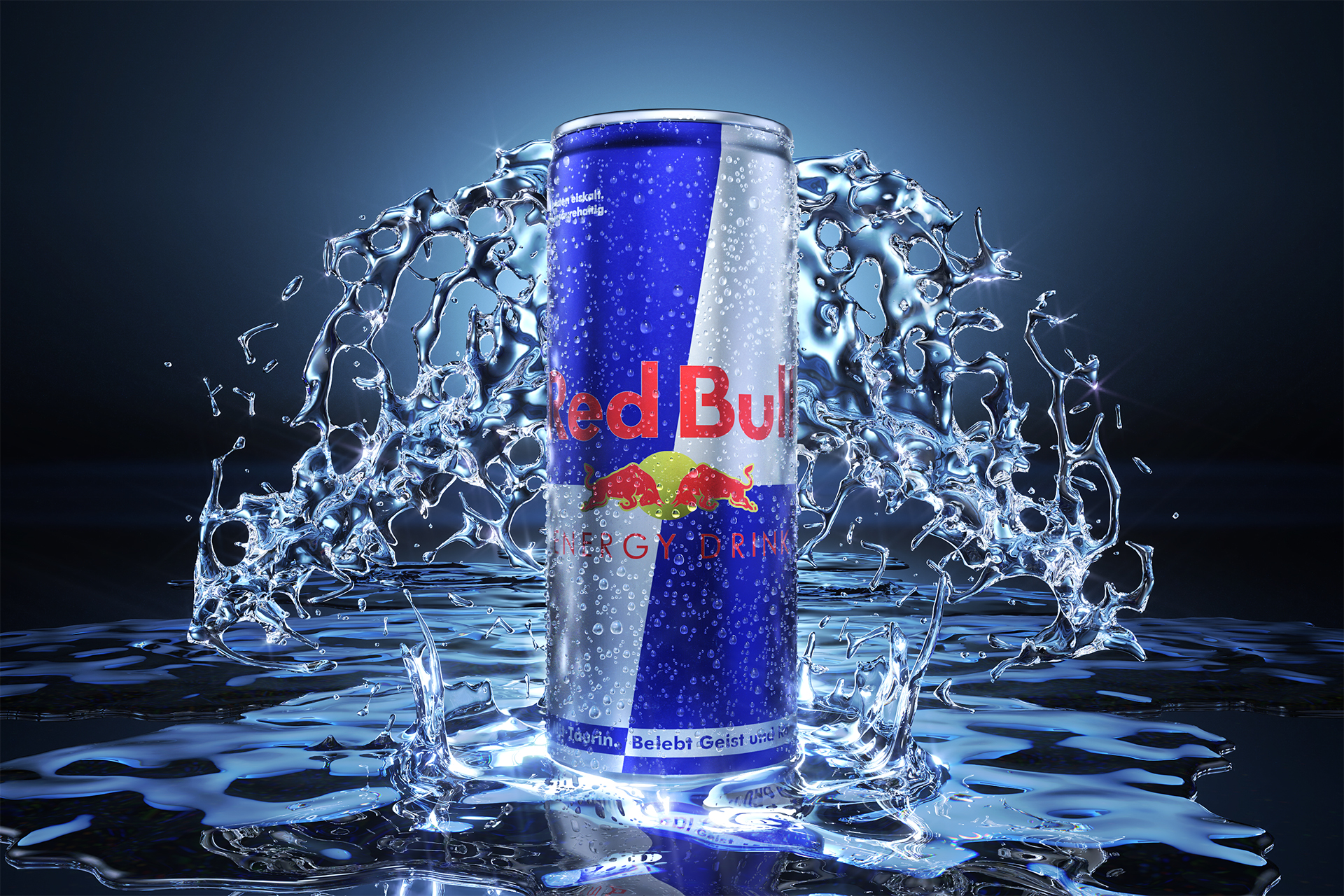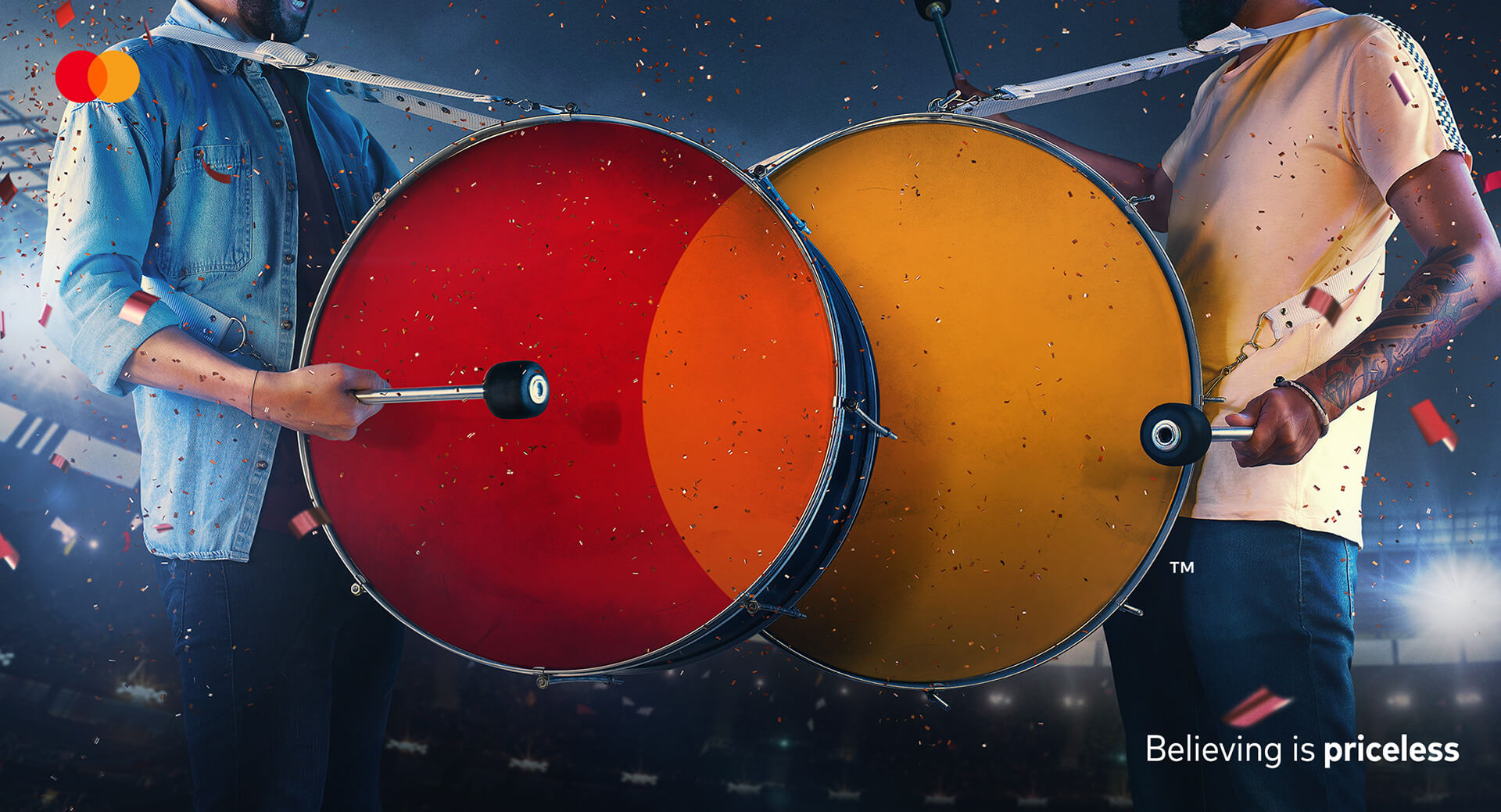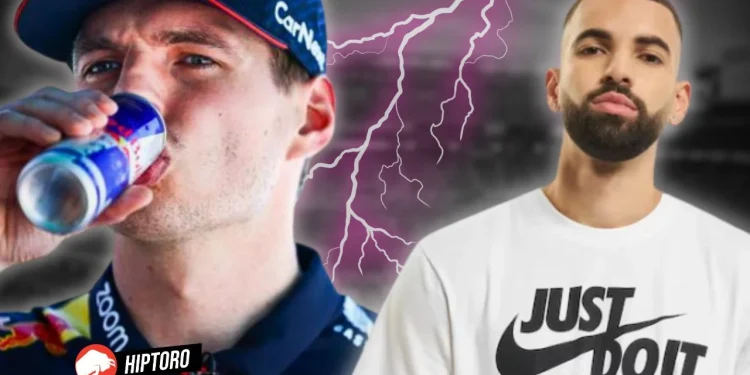Sports marketing campaigns have the unique ability to transcend the boundaries of mere advertising, embedding themselves deeply into the cultural fabric. These campaigns often go beyond promoting a team, athlete, or brand, sparking conversations, inspiring millions, and even influencing lifestyle and fashion trends.
This article will explore ten of the most influential sports marketing campaigns that not only achieved their marketing goals but also became cultural phenomena, shaping how we perceive and interact with sports.
Here are the Top 10 Sports Marketing Campaigns That Became Cultural Phenomena
1. Nike’s “Just Do It”

Nike’s “Just Do It” campaign is a quintessential example of how a simple marketing message can transcend the realm of advertising and become a pervasive cultural mantra. Launched in 1988, the campaign was created by the advertising agency Wieden+Kennedy and aimed to inspire everyday people to engage in sports by equating athletic participation with personal achievement and resilience. The slogan was paired with iconic images and stories of athletes of all levels, demonstrating perseverance, grit, and determination.
The campaign was launched at a time when fitness consciousness was burgeoning, and sports apparel was beginning to be seen as a part of everyday casual wear. Nike capitalized on this shift, transforming itself from a company that catered mostly to marathon runners to a broad-based consumer brand. “Just Do It” resonated widely, not just with professional athletes but also with the general public, encouraging them to start their fitness journeys. The message was inclusive, touching on the universal appeal of hard work and discipline in achieving one’s goals, regardless of the field of endeavor.
This slogan has been featured in numerous advertisements over the decades, paired with a wide range of sports icons from Michael Jordan to Serena Williams, each adding a layer of interpretation to the phrase. The campaign helped Nike to increase its share of the North American domestic sport-shoe business from 18% to 43%, from 1988 to 1998, turning the company into a multi-billion-dollar behemoth.
The cultural impact of “Just Do It” has been profound. It has been referenced in various forms of media and is often quoted in speeches and writings about motivation and success. The campaign has evolved with time, adapting to new sports and societal trends, which has kept it relevant for over three decades. It has also sparked discussions about motivation, ambition, and individuality, contributing to a broader cultural dialogue that extends far beyond sports.
2. Adidas’ “Impossible is Nothing”
Adidas introduced the “Impossible is Nothing” campaign in 2004, aiming to inspire and connect with its audience on a deeply personal level. The campaign showcased the personal struggles and triumphs of renowned athletes, providing a narrative that spoke to the resilience and determination required to overcome obstacles. Notable figures such as Muhammad Ali, David Beckham, and Lionel Messi shared intimate stories of their journeys, resonating with audiences worldwide who saw parts of their struggles reflected in these tales.

The slogan “Impossible is Nothing” is a masterful inversion of the concept of impossibility, suggesting that with enough determination, any barrier can be overcome. This message was particularly impactful because it came from athletes who had reached the pinnacle of their respective sports, yet were open about the challenges they faced. For instance, the campaign featured a poignant ad with Muhammad Ali and his daughter Laila, both boxers, which not only highlighted their athletic prowess but also their emotional bond and mutual resilience.
This campaign significantly bolstered Adidas’s brand identity as one that stands for passion, perseverance, and unwavering spirit. It helped Adidas differentiate itself in a market dominated by powerful players like Nike, associating the brand with an emotional, inspirational narrative rather than just a product.
“Impossible is Nothing” also expanded beyond sports, influencing various sectors where people face barriers to success. It has been used in motivational speeches, educational materials, and by individuals facing personal challenges, emphasizing its widespread appeal and impact. The campaign’s longevity and relevance in cultural conversations about sports and achievement underscore its effectiveness and depth.
The success of “Impossible is Nothing” can be measured not just by sales figures but also by its ability to inspire a generation of athletes and non-athletes alike to push their limits. Adidas has continued to build on this foundation, reinforcing its brand as one that supports not just the physical, but also the emotional and aspirational aspects of sports and life.
3. Gatorade’s “Be Like Mike”

The “Be Like Mike” campaign, launched by Gatorade in 1991, became one of the most influential sports marketing campaigns, leveraging the immense popularity of NBA superstar Michael Jordan. At the core of this campaign was a simple, catchy jingle that encouraged fans to emulate Jordan, not just in his basketball prowess but also in his style, charisma, and choice of refreshment. The campaign tapped into the dreams of young athletes and sports enthusiasts who admired Jordan and aspired to mirror his success on and off the court.
This marketing strategy was brilliantly timed, coinciding with Jordan’s championship-winning seasons with the Chicago Bulls, which heightened his global profile. Gatorade, by associating itself with Jordan, linked its brand directly with high performance and athletic excellence. The ads showed Jordan hydrating with Gatorade during intense moments, suggesting that Gatorade was an integral part of achieving athletic greatness.
The cultural impact of “Be Like Mike” was significant. It didn’t just sell a sports drink; it sold a lifestyle and a set of values centered around hard work, perseverance, and success. The campaign was so successful that it has been periodically revived and reimagined for new generations, maintaining its relevance in the cultural zeitgeist. Moreover, the phrase “Be Like Mike” became embedded in the American lexicon, symbolizing the desire to emulate someone who is considered the best in their field.
“Be Like Mike” also expanded Gatorade’s market significantly, solidifying its position as a leader in the sports beverage industry. The campaign helped pivot Gatorade from being just a hydration product to a vital component of the sports culture and lifestyle, significantly impacting its brand perception and consumer engagement levels.
4. Under Armour’s “I Will What I Want”

Under Armour’s “I Will What I Want” campaign, launched in 2014, marked a pivotal shift in the brand’s marketing strategy by focusing on women athletes who excel in fields traditionally dominated by men. Featuring prominent figures such as Misty Copeland, the first African American Female Principal Dancer with the prestigious American Ballet Theatre, and Gisele Bündchen, a supermodel known for her athleticism, the campaign celebrated the strength and determination of women who defy societal expectations and limitations.
The campaign resonated powerfully with a broad audience, particularly women, by showcasing real stories of resilience and achievement. Misty Copeland’s ad, which included a rejection letter stating she had the “wrong body for ballet,” paired with visuals of her incredible ballet technique, became a viral sensation. It not only elevated the profile of Copeland but also positioned Under Armour as a brand that supports the underdog and celebrates the triumph of willpower.
“I Will What I Want” was effective because it tapped into ongoing conversations about gender norms and inclusivity in sports and fitness. By choosing endorsers who were not typical athletes but who demonstrated athleticism in their fields, Under Armour expanded its reach and appeal. The campaign’s success was reflected in increased sales and brand engagement, particularly among women, a previously untapped market segment by the brand.
Furthermore, the campaign’s impact went beyond marketing, sparking discussions about women’s empowerment and the role of sports and fitness in promoting gender equality. It also inspired other companies to feature more diverse and unconventional athletes in their advertising, contributing to a broader cultural shift towards inclusivity in sports marketing.
5. Puma’s “Forever Faster”

Puma’s “Forever Faster” campaign, introduced in 2014, was a bold move to rebrand the company as the fastest sports brand in the world. Featuring star athletes like Usain Bolt, the world’s fastest man, and football icon Thierry Henry, the campaign emphasized speed and agility both literally and metaphorically. Puma’s message was clear: the brand is dedicated to helping athletes achieve their best through innovation in sports gear and apparel.
“Forever Faster” resonated with consumers and athletes who pride themselves on pushing limits and breaking records. The campaign successfully melded the notions of speed, agility, and perseverance with Puma’s brand identity, revitalizing its image and appeal in a competitive market dominated by giants like Nike and Adidas. The inclusion of Usain Bolt, known for his charismatic personality and unmatched speed, was particularly effective. Bolt didn’t just endorse the brand; he embodied the brand’s ethos, making the campaign relatable and aspirational.
The cultural impact of “Forever Faster” extended beyond the realm of sports. It tapped into the zeitgeist of self-improvement and the relentless pursuit of excellence that defines much of modern life. Puma leveraged this campaign to highlight its commitment to technological innovation, such as introducing lighter, more aerodynamic shoes and apparel, aligning itself with the needs and values of a new generation of athletes and consumers who demand the best from themselves and their brands.
The campaign also played a crucial role in enhancing Puma’s global presence. By associating with globally recognized athletes and tapping into a universal narrative of striving for excellence, Puma strengthened its position in the global market, attracting new fans and consumers who connect with the ethos of striving to be “Forever Faster.” This not only boosted Puma’s sales but also solidified its reputation as a brand that stands for speed, innovation, and relentless improvement.
6. Red Bull’s “Gives You Wings”

Red Bull’s “Gives You Wings” campaign is a prime example of a brand transforming its marketing message into a global cultural phenomenon. Launched in the late 1990s, the campaign has cleverly associated Red Bull not just with energy drinks but with extreme sports, adventure, and pushing the limits of human capability. This slogan and the accompanying marketing efforts have effectively turned Red Bull into a symbol of high-adrenaline pursuits, featuring everything from cliff diving and snowboarding to Formula 1 racing and space jumps.
The campaign leveraged a mix of advertising, event sponsorships, and endorsements by athletes who embodied the “Gives You Wings” ethos. This strategy was not just about selling a beverage but creating a lifestyle that appeals to thrill-seekers and adventurers worldwide. By sponsoring events like the Red Bull Air Race and the Red Bull Rampage, the brand has embedded itself in the extreme sports community, becoming as synonymous with the culture of these sports as with the energy drink itself.
The cultural impact has been massive, making Red Bull a staple at sports events and a reliable presence in the lives of young, active consumers. The phrase “Gives You Wings” has become iconic, suggesting that Red Bull provides the mental and physical boost needed to overcome challenges and excel in one’s endeavors, whatever they may be. The campaign has expanded over the years to include a wide range of sports and creative endeavors, supporting athletes, musicians, and artists, thereby broadening its influence and appeal.
Red Bull’s approach to marketing—focusing on energy, youth, and boundary-pushing feats—has not only increased sales but has also created a brand identity that is vibrant, dynamic, and distinctly modern. This strategy has garnered a dedicated following, making Red Bull a case study of how a brand can drive and define cultural trends, particularly in the realms of sports and entertainment.
7. MasterCard’s “Priceless”

MasterCard’s “Priceless” campaign, launched in 1997, has been one of the most enduring and emotionally engaging marketing initiatives in the financial sector. While not limited to sports marketing, its application within the sports realm has effectively captured the emotional and priceless moments that sports can offer, such as witnessing a historic game or experiencing a live event.
The campaign initially featured a series of commercials that highlighted priceless moments in life, accompanied by a list of purchases leading up to the moment, and concluding with something sentimental that couldn’t be bought—hence, “Priceless.” In the context of sports, MasterCard ads would often show a father and son buying a baseball glove and tickets to a game, with the priceless moment being the shared experience at the stadium.
MasterCard cleverly used this strategy to deepen its brand’s emotional connection with its customers, showcasing how it supports not just transactions but the experiences that matter most to people. In sports, these “Priceless” moments are particularly impactful because they tap into the passion, loyalty, and communal spirit that sports fans share.
This campaign has had a significant cultural impact by reinforcing the value of experiences over material goods, a message that resonates deeply in today’s consumer culture. MasterCard has leveraged this concept to align itself with major sporting events like the FIFA World Cup and the Olympic Games, enhancing its global brand visibility and reinforcing its message at some of the biggest and most emotionally charged events on the planet.
8. Reebok’s “Terry Tate: Office Linebacker”

Reebok’s “Terry Tate: Office Linebacker” campaign was a unique blend of humor and sports marketing, first aired during the Super Bowl in 2003. The series featured a character, Terry Tate, who enforced office rules with the same vigor and intensity as a professional linebacker tackles opponents on the football field. This humorous approach to office etiquette and productivity was not only memorable but also served as an effective tool for Reebok to differentiate itself in a crowded market.
The campaign was an instant hit, appealing to a wide audience by blending sports, comedy, and a touch of absurdity. It helped humanize the Reebok brand, making it more relatable and approachable. The ads were successful in driving online engagement, as viewers flocked to Reebok’s website to watch additional Terry Tate videos, demonstrating early viral marketing success.
Moreover, “Terry Tate: Office Linebacker” brought a new dimension to sports marketing by integrating sports into everyday life scenarios in a way that was unexpected and entertaining. It sparked conversations about office culture and team dynamics, using sports as a metaphor for teamwork and accountability. This campaign not only boosted Reebok’s visibility but also showcased its commitment to innovation and creativity in advertising.
9. EA Sports’ “It’s in the Game”

EA Sports revolutionized the intersection of sports and entertainment with its iconic tagline, “It’s in the Game,” launched in the early 1990s. This slogan encapsulates the core of EA Sports’ brand identity: delivering an authentic, immersive sports gaming experience that mirrors the intensity and emotion of real-life sports. This phrase is prominently featured at the beginning of most of EA Sports’ video games, such as FIFA, Madden NFL, and NBA Live, setting the tone for the action-packed gameplay that follows.
The “It’s in the Game” campaign cleverly uses the voices of real commentators and features lifelike graphics, which have continually evolved with technology to enhance realism. This approach has not only appealed to gamers but also to sports enthusiasts who appreciate the accurate representation of their favorite sports in a digital format. EA Sports has managed to create a seamless blend of real and virtual sports worlds, making its games a staple in the lives of millions around the globe.
The cultural impact of this slogan is profound, as it resonates on multiple levels. It reflects the passion, drama, and excitement of sports while emphasizing the brand’s commitment to authenticity and quality. “It’s in the Game” has become a rallying cry for gamers and sports fans alike, often used to express the thrill of experiencing sports, whether on the field or through a console.
Moreover, EA Sports has utilized this campaign to forge partnerships with major sports leagues and athletes, further enhancing the authenticity and appeal of their games. These partnerships allow for the use of real team names, logos, and athlete likenesses, making the games even more engaging for players. The campaign has also had a significant influence on the culture of sports fandom, where discussions about sports increasingly include references to their depiction in video games, illustrating the blurring lines between digital and real-world sporting experiences.
10. Nike’s “Air Jordan”

Nike’s “Air Jordan” campaign is a landmark in sports marketing and branding, primarily due to its role in the creation of a sneaker culture that extends far beyond basketball. Launched in 1985 alongside Michael Jordan’s rising NBA career, the Air Jordan sneakers not only became a symbol of excellence and style on the basketball court but also permeated various aspects of fashion, music, and youth culture.
The “Air Jordan” campaign was groundbreaking for its focus on a single athlete, Michael Jordan, who at the time was emerging as an NBA superstar. The marketing strategy involved high-quality commercials, innovative design collaborations, and Jordan’s active involvement in promoting the brand. The iconic “Jumpman” logo, featuring Jordan’s silhouette as he leaps toward the basket, has become synonymous with the brand, representing grace, power, and relentless pursuit of greatness.
The cultural impact of the Air Jordan brand is immense. It has inspired a generation of athletes and non-athletes alike to “be like Mike,” not just in their athletic pursuits but in their style and personal expression. The sneakers have been featured in countless films, songs, and other media, becoming a staple of hip-hop and streetwear fashion. The release of new Air Jordan models continues to be a significant event for sneaker enthusiasts around the world, demonstrating the lasting appeal of the brand.
Moreover, the Air Jordan campaign has also set a precedent for athlete endorsements in sports marketing, showing that athletes can be immensely powerful brand ambassadors, not just within sports but across various cultural domains. The success of Air Jordan has paved the way for numerous similar collaborations in sports and fashion, contributing to the economic and cultural phenomenon known as sneaker culture.
These detailed explorations into each campaign reveal how sports marketing can transcend the act of selling a product or service to become a significant part of cultural expression and identity. Each campaign not only shaped the brands they promoted but also had a lasting impact on the cultures they touched, proving that effective sports marketing resonates with audiences far beyond the field or arena.









